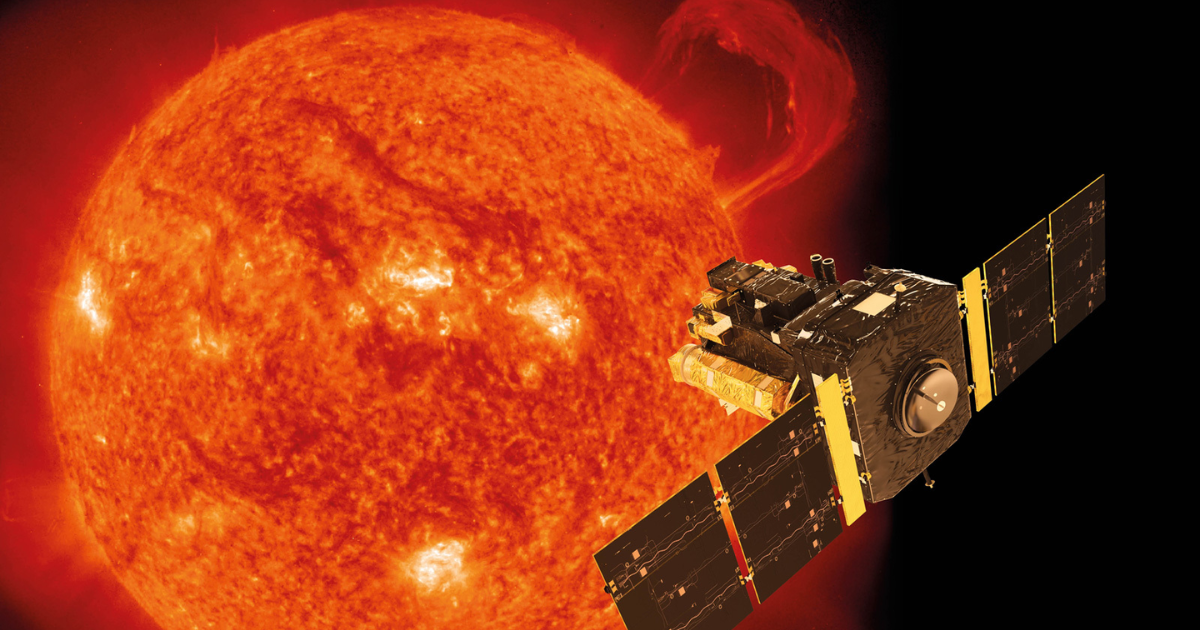
Coronal mass ejections (CMEs) are an amazing phenomena that occurs on the sun. These events shoot solar material thousands of miles into the atmosphere around the sun in beautiful displays that are often caught using the many satellites and other equipment monitoring our local star.
When they occur in the right place and at the right time, they can also send a powerful magnetic field and plasma out toward the Earth.
Fortunately, the Earth has its own magnetic field and atmosphere that are able to deflect or absorb what the sun sends towards us, keeping everything safe. This sometimes results in the beautiful aurora borealis, or Northern lights.
Particularly powerful CMEs, however, can also cause significant damage. The magnetic field and plasma can cause significant issues with the technology we use on Earth, and especially the technology used in satellites orbiting the Earth.
Satellites, and critical technology on Earth, are designed with this in mind so that they can withstand most types of CMEs, but not all of them.
Scientists have had the ability to predict when CMEs would collide with the Earth for quite some time, but it was not possible to determine exactly how powerful it would be.
Researchers, however, have come up with a way to do just that.
Dr. Harshita Gandhi is a solar physicist at Aberystwyth University. She and her team have come up with a way to detect how strong a CME is going to be, and turn that into actionable information that can help to protect our critical technology.
This information was presented at the Royal Astronomical Society’s National Astronomy Meeting in Hull, UK.
She also discussed their findings in an interview with IFLScience. In it, she explained:
“There are ways to look into the CMEs before they even have erupted from the Sun, and that is by looking into their source region evolutions.”
This can be done using existing equipment that is monitoring the sun. This equipment is operated by space agencies from various countries around the world.
The information gathered can be further enhanced by analyzing what is happening during and after the CME. She went on:
“The higher the critical height you find in the corona in your active region, the faster the CME’s speed you would expect from that active region.”
The team plans to further improve on these predictions by analyzing the magnetic field that is emitted, and how strong it is. This will help to further determine its speed.
Knowing the speed will help to figure out whether the CME will come in contact with the Earth, or pass nearby.
Once fully developed, this type of system would allow people on Earth to take action to protect key technology.
Incorporating systems into Satellites, for example, that could engage shielding to protect them during these particularly powerful CMEs would prevent them from being permanently damaged.
Protecting key technology infrastructure from CMEs is becoming more important than ever.
If you thought that was interesting, you might like to read about the mysterious “pyramids” discovered in Antarctica. What are they?